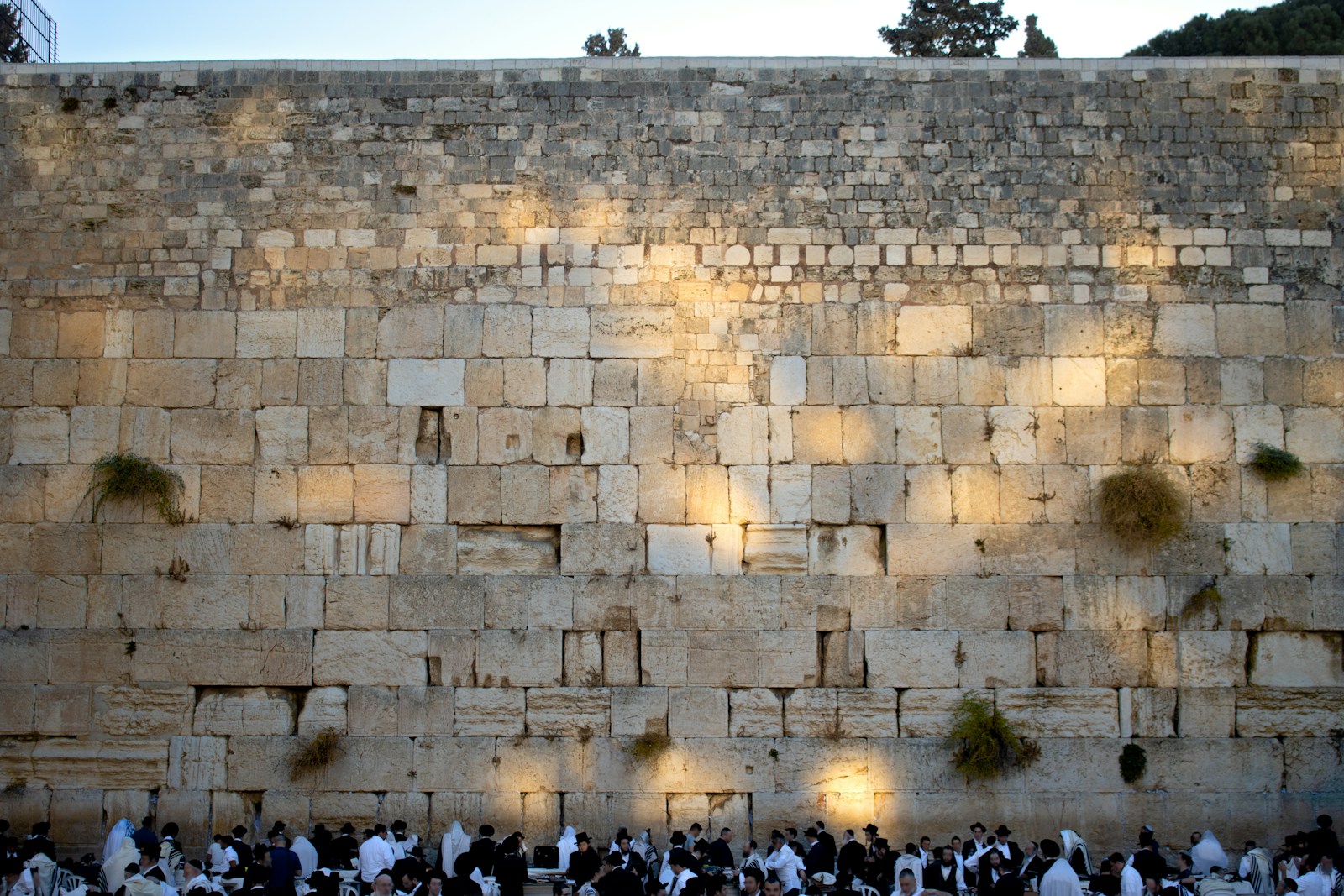Genesis: The Foundation of Biblical Doctrines/Part 5a: The Doctrine of Regeneration
Genesis, the Foundation of Biblical Doctrines
Having explored the fall of man and the nature of sin, we now turn to a doctrine of immense hope: Regeneration. This concept, fundamentally about renewal, finds its earliest expression in the devastating, yet redemptive, event of the Flood.
Our primary texts are Genesis 6:5-9 and Matthew 19:28:
Genesis 6:5–9 (NASB 2020): “Then the Lord saw that the wickedness of mankind was great on the earth, and that every intent of the thoughts of their hearts was only evil continually. So the Lord was sorry that He had made mankind on the earth, and He was grieved in His heart. Then the Lord said, “I will wipe out mankind whom I have created from the face of the land; mankind, and animals as well, and crawling things, and the birds of the sky. For I am sorry that I have made them.” But Noah found favor in the eyes of the Lord. These are the records of the generations of Noah. Noah was a righteous man, blameless in his generation. Noah walked with God.”
Matthew 19:28 (NASB 2020): “And Jesus said to them, “Truly I say to you, that you who have followed Me, in the regeneration when the Son of Man will sit on His glorious throne, you also shall sit upon twelve thrones, judging the twelve tribes of Israel.”
Background: Understanding “Regeneration” and “Generation”
The Greek term for “regeneration” is paliggenesia, meaning “renewal” or “new birth.” While it is most commonly associated with the Christian experience of spiritual new birth, Jesus Himself uses this term in Matthew 19:28 to refer to a future, cosmic renewal of the earth. This broader usage is key to understanding the full scope of regeneration.
To grasp the implications, let’s clarify “generation”:
The Greek genea (and Hebrew dor) can refer to:
- A lifespan or lifetime: Matthew 1:17 speaks of “fourteen generations” from Abraham to David, referring to a sequence of lineages.
- Contemporaries: People living at the same time. Examples include the generation of Israelites in the wilderness (Psalm 95:10; Exodus 1:6) or the generation of Jesus’s contemporaries (Matthew 11:16).
- All people living in an “age”: This is crucial for understanding Matthew 24:34 and Genesis 7:1. The disciples asked about “the end of the age” (Matthew 24:3), and biblical authors speak of multiple “ages” or “generations” (Grk. aion; Heb. dor):
- The present evil age: (Galatians 1:4; Titus 2:12)
- The age to come: (Mark 10:30; Ephesians 1:21; Hebrews 6:5)
- Past ages and generations: (Romans 16:25; Colossians 1:26), indicating a historical sequence of time periods marked by distinct characteristics.
Regeneration Has a Purpose
God’s judgment in the Flood was not arbitrary; it was a response to profound wickedness.
Why did God judge the generation before the flood?
Genesis 6:5 (NASB 2020): “Then the Lord saw that the wickedness of mankind was great on the earth, and that every intent of the thoughts of their hearts was only evil continually.”
The wickedness was not just present, but “great,” and the “intent of the thoughts of their hearts was only evil continually.” This generation had:
- Rejected and ignored God’s warnings: Prophets like Enoch (Jude 14) and Noah (2 Peter 2:5) preached righteousness, and Methuselah’s very name served as a sign (“when he dies, it shall be sent”). Despite these warnings, humanity plunged into utter corruption.
Regeneration Was the Work of God
The Flood was an act of divine “regeneration” upon the earth.
How did God initiate this regeneration?
- God saved a remnant: Amidst the universal depravity, “Noah found favor in the eyes of the Lord” (Genesis 6:8).Genesis 7:1 (NASB 2020): “Then the Lord said to Noah, “Enter the ark, you and all your household, for you alone I have seen to be righteous before Me in this generation.”
- God made a complete destruction:Genesis 6:17 (NASB 2020): “Now behold, I Myself am bringing the flood of water upon the earth, to destroy all flesh in which there is the breath of life, from under heaven; everything that is on the earth shall perish.”This act demonstrates that regeneration often requires a complete destruction of a previously existing, corrupted life or order. The old must pass away for the new to emerge.
A Regeneration Will Happen Again in the Future
Jesus prophesied about a future cosmic regeneration, echoing the days of Noah:
Matthew 24:32–39 (NASB 2020): “Now learn the parable from the fig tree: as soon as its branch has become tender and sprouts its leaves, you know that summer is near; so you too, when you see all these things, recognize that He is near, right at the door. Truly I say to you, this generation will not pass away until all these things take place. Heaven and earth will pass away, but My words will not pass away… For the coming of the Son of Man will be just like the days of Noah… and they did not understand until the flood came and took them all away; so will the coming of the Son of Man be.”
Notice these parallels:
- “this generation will not pass away…”: This refers not specifically to the Jewish people as an ethnic group, but to the “present age” or the generation that witnesses the signs of the end times.
- “heaven and earth will pass away…”: This signifies that the cosmic regeneration will affect both the heavens and the earth, unlike the first regeneration (the Flood) which primarily affected the earth.
This future “shaking” and renewal of both heaven and earth is prophesied in the Old Testament:
Haggai 2:6–7 (NASB 2020): “For this is what the Lord of armies says: ‘Once more in a little while, I am going to shake the heavens and the earth, the sea also and the dry land. I will shake all the nations; and they will come with the wealth of all nations, and I will fill this house with glory,’ says the Lord of armies.”
Hebrews 12:26–27 (NASB 2020): “And His voice shook the earth then, but now He has promised, saying, “Yet once more I will shake not only the earth, but also the heaven.” This expression, “Yet once more,” denotes the removing of those things which can be shaken, as of created things, so that those things which cannot be shaken may remain.”
This will be a complete renewal. Peter’s epistles provide further insight, describing three sets of “heavens and earth”:
2 Peter 3:3–9 (NASB 2020): Peter speaks of scoffers who deny Christ’s coming, failing to remember “that by the word of God the heavens existed long ago and the earth was formed out of water and by water, through which the world at that time was destroyed by being flooded with water. But by His word the present heavens and earth are being reserved for fire, kept for the day of judgment and destruction of ungodly people.”
Here, we see:
- The ancient world/heavens and earth: Destroyed by the Flood.
- The present heavens and earth: Reserved for fire and the day of judgment.
- The new heavens and a new earth: To come after this present order passes away.
Peter connects this next, ultimate regeneration to the “great day of the Lord”:
2 Peter 3:10–13 (NASB 2020): “But the day of the Lord will come like a thief, in which the heavens will pass away with a roar and the elements will be destroyed with intense heat, and the earth and its works will be discovered… But according to His promise we are looking for new heavens and a new earth, in which righteousness dwells.”
This coming cosmic regeneration was already prophesied in the Old Testament:
Isaiah 65:17 (NASB 2020): “For behold, I create new heavens and a new earth; And the former things will not be remembered or come to mind.”
While the Millennium (Christ’s thousand-year reign) fulfills aspects of this, the “fullness” of the new heavens and new earth is realized after the White Throne Judgment, described in Revelation:
Revelation 21:1 (NASB 2020): “Then I saw a new heaven and a new earth; for the first heaven and the first earth passed away, and there is no longer any sea.”
Revelation 21:5 (NASB 2020): “And He who sits on the throne said, “Behold, I am making all things new.” And He said, “Write, for these words are faithful and true.””
Conclusion
The concept of cosmic regeneration, first seen in the Flood and ultimately realized in the new heavens and earth, serves as a powerful illustration and parallel for spiritual regeneration – the new birth experience in Christ.
Just as God’s regeneration of the earth involved a complete destruction of the old order to make way for the new, so too:
- Spiritual regeneration is a complete destruction of the “old self” (the old, sinful nature).
- It makes all things new in the life of the believer.
2 Corinthians 5:17 (NASB 2020): “Therefore if anyone is in Christ, this person is a new creation; the old things passed away; behold, new things have come.”
The Genesis account of the Flood is not merely a historical record of judgment, but a profound theological lesson demonstrating God’s pattern of renewal – a pattern that culminates in the spiritual transformation of individuals and the ultimate cosmic regeneration of all creation.


